Frances O’Connor on directing Emily and how she reimagined British fiction’s leading lady
Frances O’Connor talks about her “pretty feral” childhood, forging a path in acting and directing her first feature film.
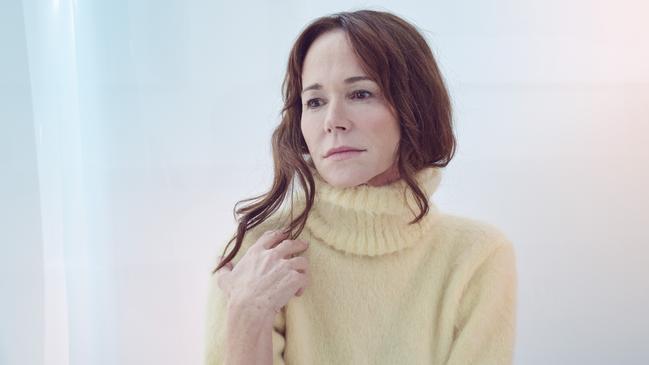
Up a steep climb into the Perth Hills, next to an orchard, is the house where the actor Frances O’Connor grew up. There was one farm further down the hill and no other houses seemingly anywhere. O’Connor, who had been born in England where her Australian parents were working, moved to Australia when she was two. One of four sisters and a brother, the children spent much of their time “in their imaginations”, O’Connor told The Times in 2015, not long after she was nominated for a Golden Globe for best actress for her role in TV series The Missing. The house in the Perth Hills had a veranda with a huge drop on one side and the kids would jump off, straight into the bush, she said, or wander around a “maze” of lupins which sprung up taller than their heads when the orchard burned down one time. As an upbringing it was a million miles – and yet somehow not – from author Emily Brontë’s childhood in the north of England, where she wrote her masterpiece Wuthering Heights with its immortal characters hewn from that wilderness.
O’Connor grew up “kind of wild, pretty feral … like a real innocent”, she tells this magazine in an interview to mark the Australian release of her first director’s feature, Emily. It’s not a biopic but rather O’Connor’s reimagining of Brontë’s little-known life, which she has infused with her own experience. “I grew up roaming the landscape in a lot of ways like Emily did, but Aussie style,” she says. “I definitely felt at home on the Yorkshire Moors [where the film was shot] with the wind and the rain.”
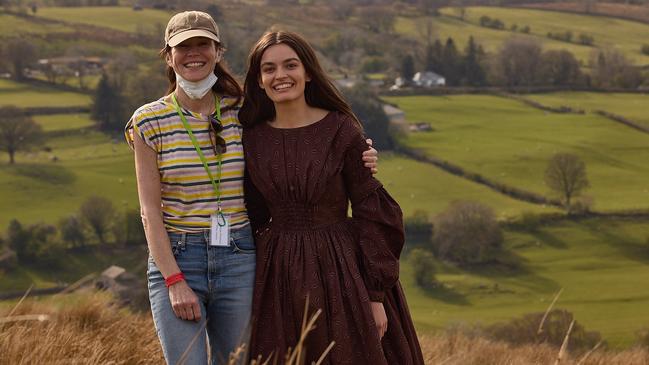
It’s a high-stakes project, reimagining the life of one of the most important figures in British fiction – but there has been thrilling praise for the film since its world premiere at the Toronto International Film Festival in September. “I didn’t even really think of it as a period drama,” says O’Connor, 55, explaining that she wanted the story to feel “modern” despite the period costumes. “For me, it’s more a story about certain themes that I was interested in exploring, like authenticity, and how do you hang on to that as a young woman, or just a woman. I really wanted to make a film that explored what it is like to be a creative person when you don’t see yourself recognised. How do you find a path through that to be true to yourself, because that’s how really great art happens.”
To her great advantage, she has Sex Education star Emma Mackey playing her heroine. It’s been described as “perfect” casting with an “electrifying” performance from Mackey.
O’Connor, who is down-to-earth and cheerful during our two Zoom conversations (one at the time of the Toronto festival and the other from her home in London in recent weeks), adds: “Often it’s the quietest people who don’t have a voice, so I wanted to write a story about bringing the introvert into the centre and giving her power and celebrating who she was.” Authenticity. Womanhood. Finding a path … these themes surface in O’Connor’s own story.
Soon after moving to Melbourne to forge her career she landed her breakout role as the free-spirited Mia, one half of a wildly cool couple with Radha Mitchell playing her girlfriend Danni in Emma-Kate Croghan’s 1996 cult classic Love and Other Catastrophes. Was it difficult to portray a same-sex relationship back then? “No, I was in a culture where it was very normal,” says O’Connor. “So I didn’t really think of it as anything unusual. They were just people that I knew.”
She had no idea the film would be a hit. “I remember watching a rough cut with Radha and I was like, ‘Oh, my God, it’s terrible isn’t it?’ Because we didn’t know what a rough cut was. Then it was going to Cannes, so we all went. When we saw the finished film we realised it was actually really, really good. It was quite a moment for a young actress. And I guess it was groundbreaking. It was kind of modern and people weren’t really doing that in Australia at that time. They were doing things that were more like period dramas and I really think Emma-Kate Croghan had such an original voice.”
Next came a spate of well-received roles amid something of a golden age for Australian film. There was her award-winning performance in Bill Bennett’s Kiss or Kill and a lead turn as Richard Roxburgh’s first love in Cherie Nowlan’s gut-wrenching romcom Thank God He Met Lizzie (Cate Blanchett also starred) before O’Connor headed overseas where she landed high-profile leads as Fanny Price in Patricia Rozema’s adaptation of Jane Austen’s Mansfield Park and as Monica Swinton in Steven Spielberg’s AI (Artificial Intelligence). And while she found herself in fantasy romcom fare in Harold Ramis’s Bedazzled alongside Brendan Fraser and Elizabeth Hurley, her turn in the TV film Madame Bovary led to a Golden Globe nomination in 2000.
“I’ve always maintained a really great acting career and I feel like the industry respects me,” she says. But where contemporaries such as Blanchett, Nicole Kidman and Naomi Watts worked to cement their A-list actress status in LA, that wasn’t O’Connor’s path. “I’ve always had a complicated relationship with fame,” she admits. “I’m quite shy as a person, so I feel like the pressure in Hollywood was something that I wasn’t really interested in. As an actor I want to tell stories and when you become famous, something else can take over. It can be quite a dangerous thing. Whether it was unconscious or conscious, I left Hollywood.”
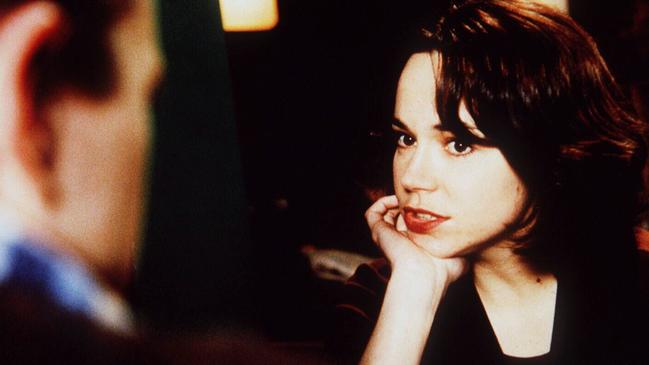
Over the next couple of decades she would work more in London and Australia, including in Robert Connolly’s Three Dollars and most recently, in the Foxtel TV series The End.
As it happens, she is now on the awards circuit with Blanchett (“she’s such a lovely person”) and Fraser (“he’s brilliant in The Whale”) as well as Spielberg, an Oscar favourite for The Fabelmans. “I really love where he’s at, doing this kind of biographical film. It feels like he’s making the films that he wants to make. He could have kept making ET if he’d wanted to, but he’s really matured as a filmmaker. I really loved working with him. He was such a gentle person, just a film geek who loved being on a set, and I really relate to that.”
So how does a jobbing actor take the leap to directing a feature, without so much as a short film along the way? Ten years ago, O’Connor began writing her screenplay in between acting gigs; the seeds for the idea had been planted when, aged 27, she made a pilgrimage to Haworth in the Yorkshire Moors where the Brontës had lived. “There was just something about that place. It’s so potent and evocative.” Three years ago, Robert Connolly (it’s a fact that many Australian film success stories feature Connolly) introduced her to Australian script editor Louise Gough. “It took a long time to get the script to the level where people would say, ‘Yeah, we’ll make this’, O’Connor says. “And I just kept working on it until people stopped asking questions about it.”
The film, primarily a production of the UK’s Embankment, was produced by Piers Tempest (Churchill) and David Barron, who made two Harry Potter films, and of course Connolly. “Rob was a supportive mentor through the whole process,” O’Connor says. “He was the first person I gave the script to and he helped me connect to Embankment. And then he’s just been someone who I can call and say, ‘This is happening. What would you do?’ He’s a great champion of women coming up through the ranks and assuming positions in terms of directing and filmmaking. So he’s been amazing.”
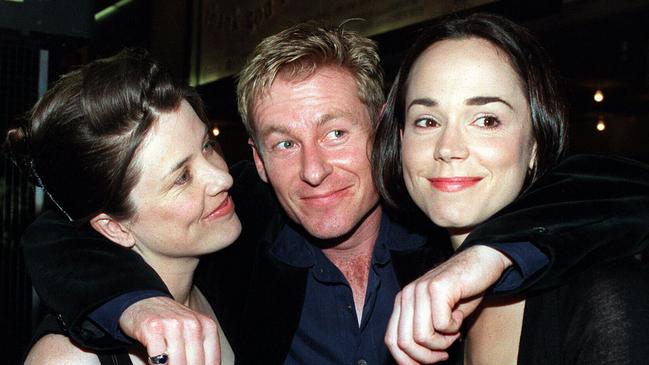
The shoot happened over six weeks during Covid when the overheads blew out to £6 million ($10.9m). “That’s a lot of money to give to a first-time filmmaker so I was very pleased with that. It was a very tight shoot and we had to really think carefully to achieve what we wanted. A couple of people put their salaries in towards the end just to get it done.”
Casting Mackey was vital. The 26-year-old French-British actress, soon to appear alongside Margot Robbie in the hotly anticipated Greta Gerwig film Barbie, is on the verge of superstardom. “I hadn’t seen Sex Education, but my son had watched it and I know he loved her character,” O’Connor recalls. “When Emma came in and read, she was perfect. There was something about what she had to say about the character that just felt very real.
“She’s funny, she’s super intelligent and she’s emotional. We met some higher-level names, but it just kept coming back to Emma. When I watch the film, I feel like she totally fulfils what I’d written on the page.” Mackey, in turn, credits O’Connor’s vision and a tight shoot on the Moors, where the cast and crew lived together. “I loved the books that Frances sent us and all of the research (including The Brontë Myth by Lucasta Miller). So when we got there, we got into that landscape, and we visited Haworth, and we got the costumes and all of the elements came together, it suddenly all clicked into place.” Watching the film, Mackey was impressed by O’Connor’s craft. “She lingers on my face, on a sentence or on a sound. It surprised me.”
“I’ve always had a complicated relationship with fame. I’m quite shy, so the pressure in Hollywood was something I wasn’t interested in”
The film, which is exquisitely romantic and deeply absorbing, depicts Emily Brontë as the shyest and most sensitive of her siblings, a young woman grappling with her self-worth. Her elder sister Charlotte (Alexandra Dowling), her younger sister Anne (Amelia Gething) and her rascal brother Branwell (Fionn Whitehead) are more confident, yet Emily senses the world around her with an astute clarity. She funnels into Wuthering Heights her yearning for tenderness and lucid insight into human behaviour. Emily wrote the novel before dying from tuberculosis at the age of 30. Charlotte would go on to write her major opus, Jane Eyre, and also died young, at 38.
O’Connor makes no apology for inventing aspects of Emily’s story, including a torrid romance with local clergyman William Weightman, played by rising star Oliver Jackson-Cohen. “I think good art celebrates who we are as humans. It can be rebellious and can subvert things. It’s a big swing and I’m happy to do that. Why be polite? Why create a film that everyone’s seen before and is completely respectful?”
When she was researching, O’Connor discovered there was a period of time when Emily had “kind of screwed up” in school. She was, for a period of about two years, “just kicking around” her father’s parsonage with her sisters coming and going. “The romance came out of the fact that I was writing a story about somebody who was trying to find out who they were … I just tried different things and one of them was about fulfilling yourself by connecting to someone else.”
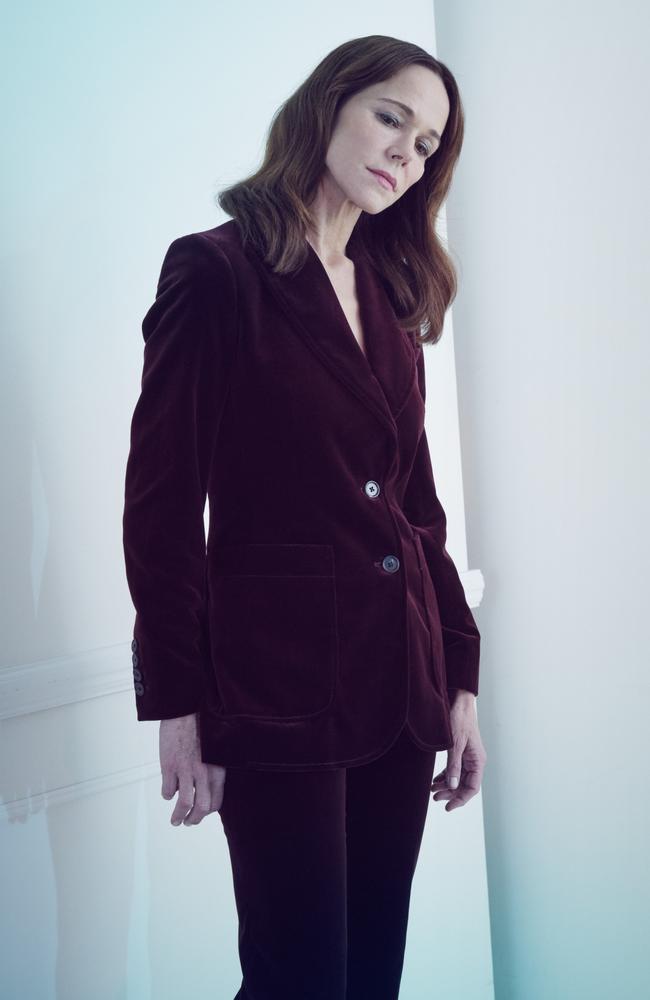
O’Connor attended the film’s world premiere in Toronto with her husband, Scottish-Australian actor-writer-director Gerald Lepkowski, and their 17-year-old son Luka. It was rapturously received by the festival audience. “Luka kept looking over to me going, ‘I’m so proud of you Mum’”, she says. “I’ve had a lot of support.”
She talks of sitting around the kitchen table with Lepkowski, who plays Edgar Linton in the film, as they worked on the script. “There were bits that weren’t working and my husband is really great with that.” Lepkowski has written scripts and O’Connor may come to direct one, potentially in Australia, where she still feels a powerful connection. “We’re really interested in telling our own stories,” she says. “Directing is my new passion … it’s something that I enjoyed so much.”
There was, she says, a forthrightness in her directing style during the production of Emily that O’Connor attributes to her Australian identity. “When things were going badly on set my Australian accent became really strong,” she chuckles. “My husband noticed that too … I think that’s the thing about Aussies – we’ll dig in if we need to.”
She’s currently developing an Australian spy series with Connolly and will shortly come home for the launch of Emily and for Christmas. “I’ll spend time with my family and all that good stuff. I can’t wait.”
After years of shuttling between Los Angeles, New York and Australia, the family is now settled in north London. “Luka said, ‘I’m not moving now. I want to do my whole high school here,’” she says. “So we were like, ‘OK, cool’. We live near Hampstead Heath, where you can get the wind in your hair …”
Emily is in cinemas from January 12

To join the conversation, please log in. Don't have an account? Register
Join the conversation, you are commenting as Logout